Tags
A wind vane, weather vane or weathercock is an instrument used to show the direction of the wind. “Vane” comes from the Old English word “fana” meaning flag.
History of the weather vane:
Originally, fabric pennants or banners flew from medieval towers in Britain, Normandy and Germany to show archers the direction of the wind.
Later cloth flags were replaced by metal ones, balanced to turn in the wind, and decorated with the coat of arms or insignia of the lord of the castle. Early American Colonists favored this banner design on meeting halls and public buildings.
According to legend, a 9th century papal decree ruled that every church should display a cock or rooster on its dome to remind Christians of their faith (this was a reference to Jesus’ prophecy at the Last Supper, that his disciple Peter would denounce him three times before the cock crowed in the morning.) 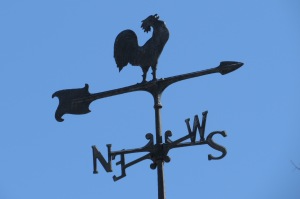 While these cockerels were at first not intended as weather vanes, they were eventually combined with the weather vanes that already dotted many church steeples to create the familiar rooster-shaped weather vane common today.
While these cockerels were at first not intended as weather vanes, they were eventually combined with the weather vanes that already dotted many church steeples to create the familiar rooster-shaped weather vane common today.
A rooster weather vane is recorded in the Bayeux Tapestry, an embroidered cloth celebrating the 1066 Norman conquest of Britain. Among the countless details documenting the aftermath of the battle is a depiction of a craftsman preparing to install a weathercock atop London’s Westminster Abbey.
Largely ornamental today, in the early days of farming in New England weather vanes were used to tell wind direction. The first New England weather vanes were light and sensitive. Made of wood, most were a simple arrow or pointing hand. 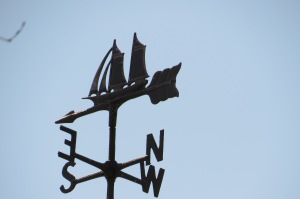 On barns near the ocean a fish, ship or whale was common.
On barns near the ocean a fish, ship or whale was common.
Farmers kept diaries with weather records and scanned the skies frequently as almost every task on a farm was either helped or hindered by the weather; especially those tasks involved in cutting, baling, rolling, stacking and storing hay. The weather vane on the top of the barn was a more important farming instrument than a clock. Weather or wind vanes tell only the direction of the wind at a given time. The practical determination of weather conditions and what they meant to the farmer was based on the farmer’s first hand observation, experience and local knowledge. In rural areas weather vanes were especially popular as many farmers were isolated from local towns and could not rely on communal weather vanes located on the church roof or the town hall. And, there was no six o’clock weather forecast aided by radar and reports from neighboring states!
How does a weather vane work?
The vane turns freely on a fixed vertical rod and is designed to point into the wind. In order to function properly, the weather vane ornament must have equal mass or weight on each side but have an unequal area on opposite sides of the vertical rod. This allows the point of least resistance to always face into the wind. The weather vane must be on the highest part of the barn or building where the wind can hit the vane unobstructed.
Below the rotating vane the directional letters “N” “S” “E” and “W” are sometimes fixed to the rod. These cardinal points make it easy to determine the direction of the wind. By knowing which way the barn was situated the farmer could figure out the wind direction even without the addition of the letters.
Weather vanes on local and Madison Barns:
As the popularity of weather vanes spread throughout New England, farmers began to create unusual and whimsical designs. In addition to the traditional banner and arrow, designs on Madison barns include a running stag, a prancing horse, and a horse with carriage. 

 On a recent drive around the Mount Washington Valley, we found at least a dozen other types of vanes, not including the great variety at the local cupola and weather vane shop. Come for the July 12, 2014 historic Madison Barn Tour and see how many you can find.
On a recent drive around the Mount Washington Valley, we found at least a dozen other types of vanes, not including the great variety at the local cupola and weather vane shop. Come for the July 12, 2014 historic Madison Barn Tour and see how many you can find.

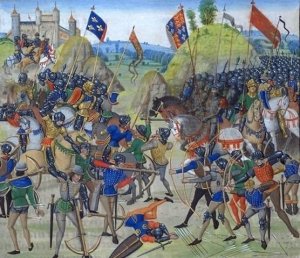

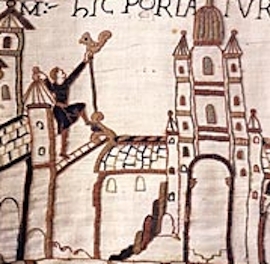


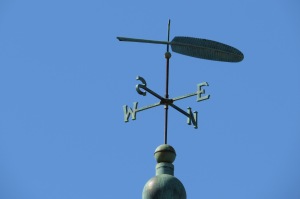



joyceste said:
What a great post – very informative! Weather vanes have fascinated me for years. THANK YOU. Joyce
FOML said:
Who knew there were so many wonderful weather vanes around Madison. Does anyone have one that we missed?
Pste said:
Ours is a running horse. My father hesitated to go to the lake to swim unless the horse was running toward the lake, It indicated that the warm water on the top had blown up to our end. The horse is still infallible.
Concrete Ma said:
Very nice post. I just stumbled upon your blog and wanted
to say that I’ve really enjoyed browsing your blog posts.
After all I’ll be subscribing to your rss feed and I
hope you write again soon!
Dawn Moffett said:
Teaching wind to my high school freshmen and we wanted to know how wind vanes worked. Your post was informative as well as entertaining.